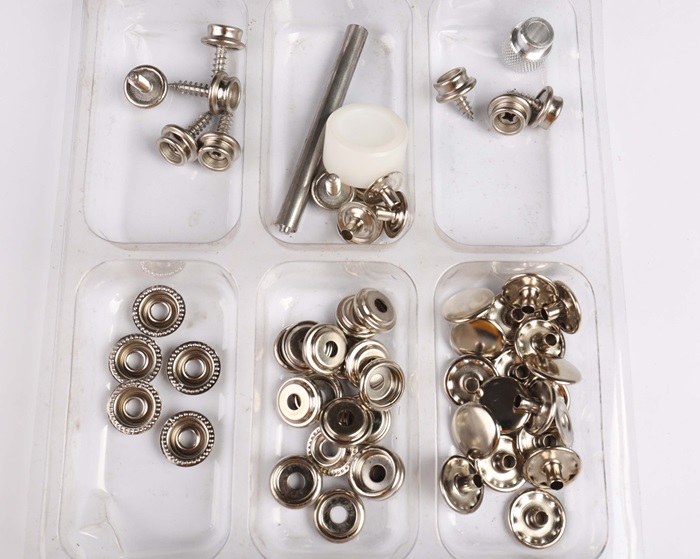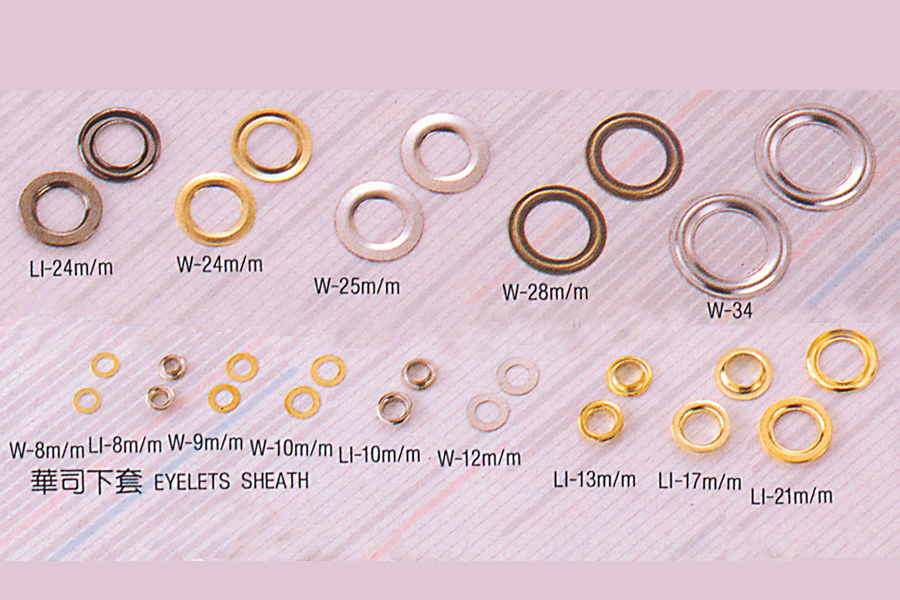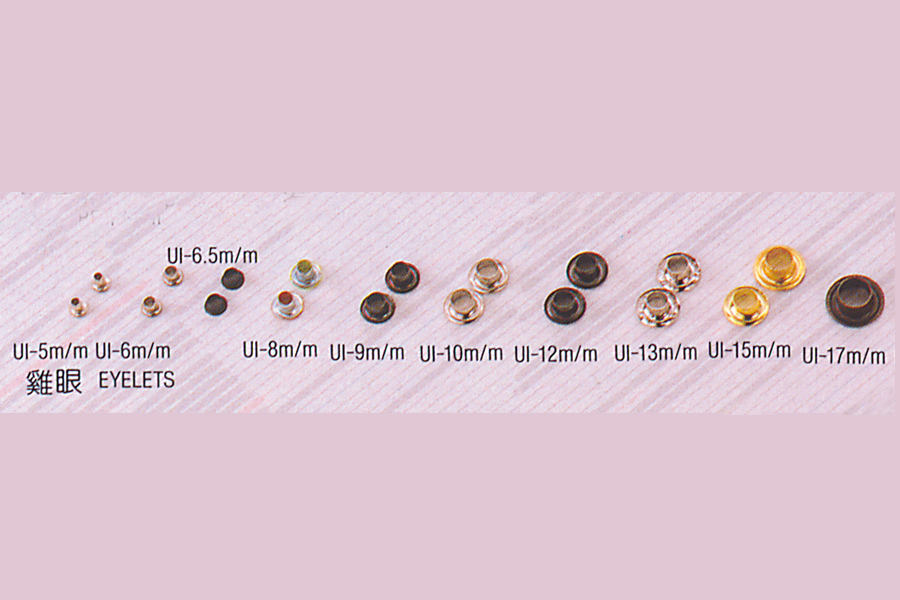Snap Fastener Kit

A snap fastener kit is an essential tool for sewing enthusiasts, crafters, and even DIY hobbyists. The kit contains all the materials and tools necessary to install snap fasteners, which are small, functional buttons that can fasten two pieces of fabric or material together without the need for traditional sewing methods like zippers or buttons. Snap fasteners have been around for over a century and have evolved in various materials, sizes, and shapes, making them a versatile option for various applications.
This guide will delve into the different components of a snap fastener kit, the types of snap fasteners available, their applications, and a step-by-step process of how to use the kit effectively.
Components of a Snap Fastener Kit
A typical snap fastener kit comes with several key components:
Snap Fasteners: The primary components of the kit. Snap fasteners consist of two parts: the socket and the stud, which fit together to form a secure closure. The fastener may come in various materials, including metal (brass, stainless steel, or nickel) or plastic. They may also differ in size, depending on the application.
Installation Tool: The kit typically includes a hand-held installation tool or punch that helps you attach the snaps to the fabric or material. Some higher-end kits may come with specialized pliers, which make the task easier, quicker, and more precise.
Anvil and Setter: These tools are used to help secure the snap fasteners by aligning them correctly during the hammering process. The anvil serves as a base, while the setter helps position the snap into place.
Punching Tool: If you're working with thicker materials like leather or canvas, a punching tool may be included to create a small hole through which the snap fastener can be inserted.
Storage Box: Many snap fastener kits come with an organized storage box to keep all of the components neatly arranged and easy to access.
Types of Snap Fasteners
Snap fasteners can be broadly categorized into two types based on their design and material:
1. Sew-on Snap Fasteners
These traditional fasteners are sewn onto fabric. Each half of the snap fastener has small holes around its edge, allowing you to stitch it securely to your material. These are commonly used in delicate applications, such as on clothing, particularly for infants or lightweight fabrics. Although they are durable, sew-on snap fasteners require more manual effort and time to install.
2. No-sew Snap Fasteners
No-sew snap fasteners are more commonly found in snap fastener kits, especially for DIY and hobbyist applications. These fasteners are installed using a hammer, punch tool, or pliers. They do not require stitching, making them quicker and more convenient for projects where durability is crucial. These types are commonly used in outdoor gear, bags, and upholstery.
Snap fasteners can also differ by the material:
Metal Snap Fasteners: Ideal for use in heavy-duty applications such as on leather, canvas, denim, or outdoor fabrics. They are highly durable and resistant to corrosion, particularly when coated with materials like nickel or stainless steel.
Plastic Snap Fasteners: Commonly used for clothing or accessories that require flexibility and a softer touch. Plastic snaps are lightweight, non-corrosive, and come in a wide variety of colors.
Applications of Snap Fasteners
Snap fasteners are incredibly versatile and are used in various applications, including:
1. Clothing and Accessories
In the world of fashion, snap fasteners are widely used for fastening shirts, jackets, and accessories such as handbags and belts. Because they are easy to open and close, snap fasteners are often preferred in garments for babies and children, where buttons or zippers may be more cumbersome or pose safety risks.
2. Outdoor Gear
Heavy-duty snap fasteners are commonly found on tents, backpacks, tarps, and other outdoor gear that needs to withstand various weather conditions. Metal snaps, in particular, are favored for their durability and resistance to wear and tear.
3. Home Décor
Snap fasteners are used in many household items, such as cushion covers, curtains, or removable upholstery. Because they offer a clean and functional closure, they are excellent for projects that require frequent removal for cleaning or maintenance.
4. DIY Craft Projects
Snap fasteners are frequently used in crafting, including projects like wallets, keychains, purses, or even pet accessories like collars and leashes. They offer a quick and sturdy method for joining materials, making them ideal for crafters who need a reliable and neat closure system.
How to Use a Snap Fastener Kit
Here’s a step-by-step guide to using a snap fastener kit:
Step 1: Choose the Correct Snap Size and Material
Before you begin, ensure you select the right size and material for your snap fasteners based on your project. For example, plastic snap fasteners are ideal for lightweight fabrics, while metal ones work better for heavy-duty applications.
Step 2: Mark the Placement
Using a fabric marker or chalk, mark the spot where you intend to place the snaps. It’s crucial to measure and mark precisely to ensure the snap fasteners align correctly when the two pieces of fabric are joined.
Step 3: Punch a Hole (if Necessary)
If you're working with thicker materials such as leather or canvas, use the punching tool included in your kit to make a small hole where the snap will be installed. For thinner fabrics, this step may not be necessary, as the snap can be pressed directly into the material.
Step 4: Insert the Snap Components
Position the cap part of the snap fastener on one side of the fabric, then insert the socket on the opposite side. Place the snap parts into the anvil provided in the kit. Repeat this process for the other side of the fastener (the stud and post).
Step 5: Set the Snap Fastener
If your kit comes with pliers, position the snap parts in the pliers and press down firmly to set the fastener. If you’re using a hammer-based tool, place the snap fastener into the anvil, align the setter tool, and hammer it lightly until the snap is secure.
Step 6: Test the Fastener
Once you've installed the snaps, test them by snapping them together and pulling them apart a few times to ensure a secure fit. If necessary, repeat the setting process to ensure the snap fastener is tight.
Tips for Using a Snap Fastener Kit
Practice on Scrap Material: Before using the snap fasteners on your final project, practice on a scrap piece of fabric to perfect your technique.
Align Properly: Ensure that the snaps are correctly aligned to avoid a crooked or uneven closure.
Avoid Excessive Force: When hammering or using pliers, avoid using too much force, as this can damage the snap or material.
Use Appropriate Tools: For best results, use the tools included in the kit. If your project requires frequent use of snap fasteners, consider investing in higher-quality pliers or a specialized press tool for professional results.
Conclusion
A snap fastener kit is a must-have for anyone involved in sewing, crafting, or DIY projects. With its simple yet effective components, it offers a quick and reliable method for fastening materials. Whether you're making clothing, home décor, outdoor gear, or unique crafts, mastering the use of a snap fastener kit can significantly enhance your projects by providing clean, durable closures that are easy to use and visually appealing. By understanding the components, types of fasteners, and installation techniques, you can make the most out of your kit and complete projects with a professional touch


